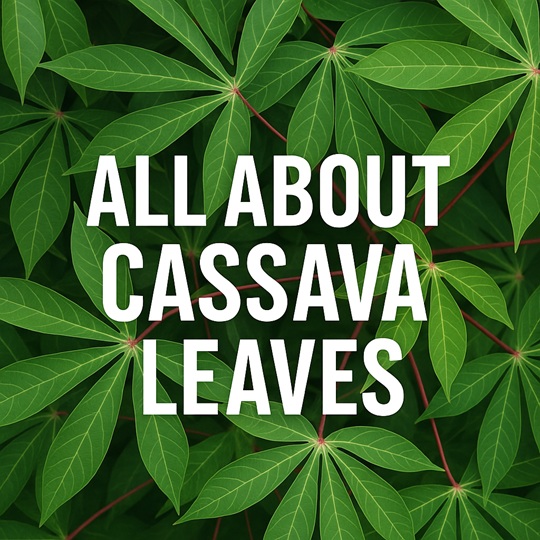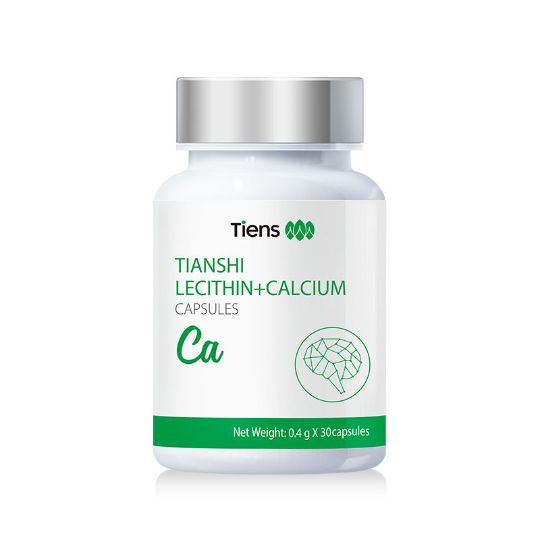
All about cassava leaves. These leaves, also known as manioc or yuca leaves, are the edible green tops of the cassava plant (Manihot esculenta). While cassava root is widely known for being the source of tapioca and a staple carbohydrate in many tropical countries, these leaves are a lesser-known but equally valuable part of the plant. Packed with essential nutrients, they are a delicious and versatile ingredient used in various traditional dishes across Africa, Asia, and South America.
In this article, we explore everything you need to know about cassava leaves—from their nutritional value and health benefits to culinary uses and safety tips.
What Are Cassava Leaves?
These leaves grow on the cassava plant, which is a hardy, drought-resistant crop cultivated widely in tropical climates. The plant’s leaves are green, with lobes resembling fingers on a hand. They are harvested for cooking before they mature too much and become fibrous.
Though when raw, these leaves contain toxins that need to be removed through proper cooking, once prepared correctly, they are both nutritious and flavorful, often compared to spinach or collard greens.
Nutritional Value of Cassava Leaves
They are highly nutritious, making them a valuable addition to a balanced diet, especially in regions where other greens might not grow as easily. Here’s a breakdown of their nutritional components (per 100 grams of cooked leaves):
- Protein: 6–8 grams
- Fiber: 2–4 grams
- Iron: 3–5 mg
- Calcium: 150–200 mg
- Vitamin A (as beta-carotene): High levels
- Vitamin C: Moderate
- B Vitamins: Includes folate, B1 (thiamine), and B2 (riboflavin)
- Essential amino acids: Including lysine and methionine
One of the most notable features is their protein content, especially when compared to other leafy greens. This makes them particularly important in diets where meat or dairy is limited.
Health Benefits of Cassava Leaves
They have been used in traditional medicine and local diets for centuries. Here are some key health benefits associated with them:
1. Rich Source of Plant-Based Protein
They contain a significant amount of protein, which is uncommon for leafy greens. This makes them an excellent protein source for vegetarians, vegans, and communities that rely on plant-based diets.
2. Supports Eye Health
The leaves are rich in beta-carotene, which the body converts into vitamin A, essential for maintaining healthy vision and boosting the immune system.
3. Helps Prevent Anemia
Thanks to their high iron content, cassava leaves may help in preventing iron-deficiency anemia, particularly in women and children in developing regions.
4. Improves Digestive Health
They provide dietary fiber, which supports healthy digestion, prevents constipation, and promotes gut health.
5. Boosts Immunity
Their vitamin C and antioxidant properties help fight free radicals in the body, potentially reducing inflammation and strengthening the immune response.
Culinary Uses of Cassava Leaves
They are an important ingredient in traditional cuisines, especially across West and Central Africa, Indonesia, and parts of South America. They are typically boiled, pounded, and simmered with other ingredients like coconut milk, spices, and meat or fish.
Popular Dishes Using Cassava Leaves:
- Saka Saka (Congo): Also known as Pondu, this dish combines boiled cassava leaves with palm oil, onions, garlic, and smoked fish.
- Cassava Leaf Soup (Sierra Leone/Liberia): A creamy and spicy soup made with ground leaves, meat, and local seasonings.
- Urap-Urap (Indonesia): A steamed vegetable salad often made with young leaves and grated coconut.
Cooking Tips:
- Always cook thoroughly: Raw leaves contain cyanogenic glycosides that release cyanide. Boiling and draining the water removes these toxins.
- Use fresh or frozen leaves: If you can’t access fresh cassava leaves, frozen versions are available in African or Asian grocery stores.
- Blend or pound before cooking: This helps soften the leaves and improve texture.
Safety and Precautions
While they offer many benefits, it’s crucial to prepare them properly to avoid potential health risks.
The Cyanide Concern:
These leaves, like cassava roots, contain cyanogenic compounds which can release hydrogen cyanide (HCN) if consumed raw or undercooked. If ingested in significant quantities, cyanide can be toxic and lead to serious health problems.
Safe Preparation Methods:
- Boil for at least 15–20 minutes, ideally in two rounds of water.
- Drain and discard the water after boiling.
- Avoid reusing boiling water in cooking.
People with thyroid conditions or enzyme deficiencies should consult a healthcare provider before consuming cassava leaves regularly.
Where to Buy Leaves
Depending on your location, leaves can be found in:
- African or Asian markets (fresh, frozen, or dried)
- Online ethnic grocery stores
- Some farmers’ markets in tropical regions
When buying, look for bright green leaves with no yellowing or wilting if buying fresh. For frozen or dried versions, check expiration dates and storage instructions.
How to Store Leaves
Fresh leaves are perishable and should be used quickly. Here’s how to store them:
- Refrigerator: Wrap in a damp paper towel and place in a plastic bag; use within 2–3 days.
- Freezer: Blanch before freezing to preserve nutrients and flavor.
- Dried: Store in airtight containers away from direct sunlight and moisture.
Final Thoughts
Cassava leaves are a nutrient-rich, protein-packed superfood that deserve a spot on more plates around the world. With their impressive vitamin and mineral content, along with their versatility in cooking, these leafy greens are both healthful and delicious. However, as with many traditional foods, proper preparation is key to enjoying cassava leaves safely.
Whether you’re exploring global cuisines, looking for plant-based protein, or simply expanding your nutritional horizons, cassava leaves are a leafy green worth discovering.
FAQs About Cassava Leaves
Q: Can cassava leaves be eaten raw?
A: No, cassava leaves must be cooked thoroughly to remove harmful toxins.
Q: Are cassava leaves good for weight loss?
A: Yes, they are low in calories and high in fiber, which can help with satiety and digestion.
Q: Are cassava leaves keto-friendly?
A: They are relatively low in carbohydrates and can fit into a keto or low-carb diet when consumed in moderation.
References
- United States Department of Agriculture (USDA) FoodData Central
Cassava, raw and cooked nutritional profiles
https://fdc.nal.usda.gov - World Health Organization (WHO)
Cyanogenic glycosides in cassava and their toxicological significance
https://www.who.int/publications - Montagnac, J. A., Davis, C. R., & Tanumihardjo, S. A. (2009).
Nutritional value of cassava for use as a staple food and recent advances for improvement.
Comprehensive Reviews in Food Science and Food Safety, 8(3), 181–194.
https://doi.org/10.1111/j.1541-4337.2009.00077.x - Food and Agriculture Organization (FAO) of the United Nations
Cassava as Animal Feed in Africa: Nutrition and Safety Aspects
https://www.fao.org - Bradbury, J. H. (2006).
Simple wetting method to reduce cyanogen content of cassava flour.
Food Chemistry, 101(3), 894–897.
https://doi.org/10.1016/j.foodchem.2006.02.004 - Nassar, N. M. A., & Ortiz, R. (2007).
Cassava improvement: Challenges and impacts.
Journal of Agricultural Science, 145(2), 163–171.
https://doi.org/10.1017/S0021859607006864 - Johns Hopkins Bloomberg School of Public Health
Vitamin A and Beta-Carotene in Public Health Nutrition
https://www.jhsph.edu - International Institute of Tropical Agriculture (IITA)
Cassava – Processing and utilization technologies
https://www.iita.org - Bokanga, M. (1994).
Processing of cassava leaves for human consumption.
Acta Horticulturae, 375, 203–207.
https://doi.org/10.17660/ActaHortic.1994.375.24 - Harvard T.H. Chan School of Public Health
Fiber and its role in health
https://www.hsph.harvard.edu/nutritionsource/fiber





